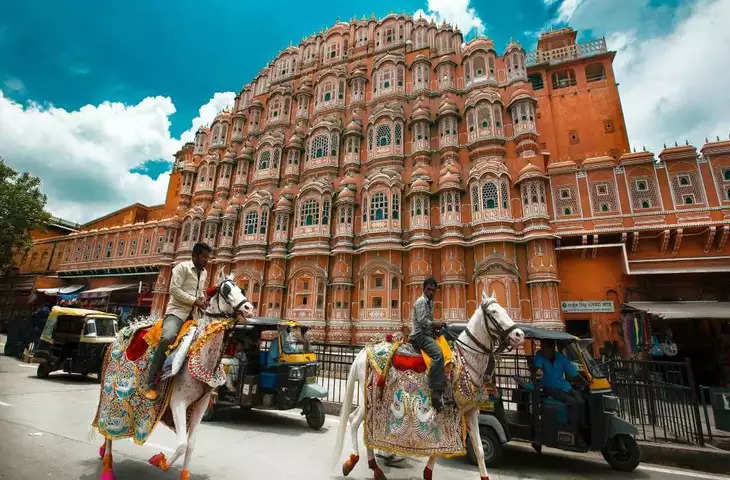Jaipur : Krishna Janmashtami is celebrated with great pomp and grandeur across the country. The birth anniversary of Lord Krishna is celebrated on the auspicious day of Krishna Janmashtami. One of the popular cultural games celebrated on Krishna Janmashtami is Dahi Handi. Dahi means curd and handi means an earthen pot filled with milk products. Also known as Gopalakala or Uttotsavam, Dahi Handi is one of the biggest festivals celebrated in Maharashtra. Dahi Handi is celebrated to commemorate the lifestyle of Lord Krishna. This article tells some things about Dahi Handi.
Importance of Dahi Handi
According to Hindu mythology, when Lord Krishna was young, he fell in love with curd, butter and other milk products. His love for these food items became so strong that he started stealing these items from other houses in his neighbourhood. He formed a gang of his boys to help him steal curd and butter from the houses. To save the butter and curd, the female soldiers of the neighbourhood would hang them in earthen pots from the ceilings of their rooms. They would do this to take advantage of Lord Krishna’s short height. However, Lord Krishna found a way to steal them too – he came up with the idea of forming a human pyramid with his male soldiers.
How Dahi Handi is Celebrated
For Dahi Handi, an earthen pot filled with milk, curd, butter and various other milk products is placed several floors above the ground. Men form a human pyramid to reach the dahi handi. Women representing the female soldiers of Lord Krishna’s neighbourhood throw water and other slippery liquids on the human pyramid to break it. The game involves using a stick to break the dahi handi.
Curd
The pot represents the main element associated with Lord Krishna’s childhood, as he was known for his love for dairy products, especially yogurt and butter. Sometimes, the handi (vessel) contains butter, which is another favorite of Lord Krishna and is closely associated with his childhood adventures. Ghee or clarified butter is also sometimes added to the handi.
Fruit
Bananas and coconut pieces are also typically placed in the dahi handi. These fruits symbolize nourishment and nature’s bounty, reflecting the festival’s themes of abundance and generosity. They add a vibrant, natural element to the dish, making the contents nutritious and symbolic of the earth’s gifts.
money
At many Dahi Handi celebrations, money is also placed inside the pot. This money serves as a prize for the team that successfully breaks the handi, adding an element of competition and excitement to the event. The inclusion of money reflects the festive and community aspects of the festival, where participants are rewarded for their teamwork and effort.
Peda or Laddu
Peda or laddoos can also be included in the handi. These sweets represent the sweetness of life and the joy of the festival. Their presence in the pot underlines the festive spirit of Janmashtami, which celebrates the joy and prosperity associated with the birth of Lord Krishna.


